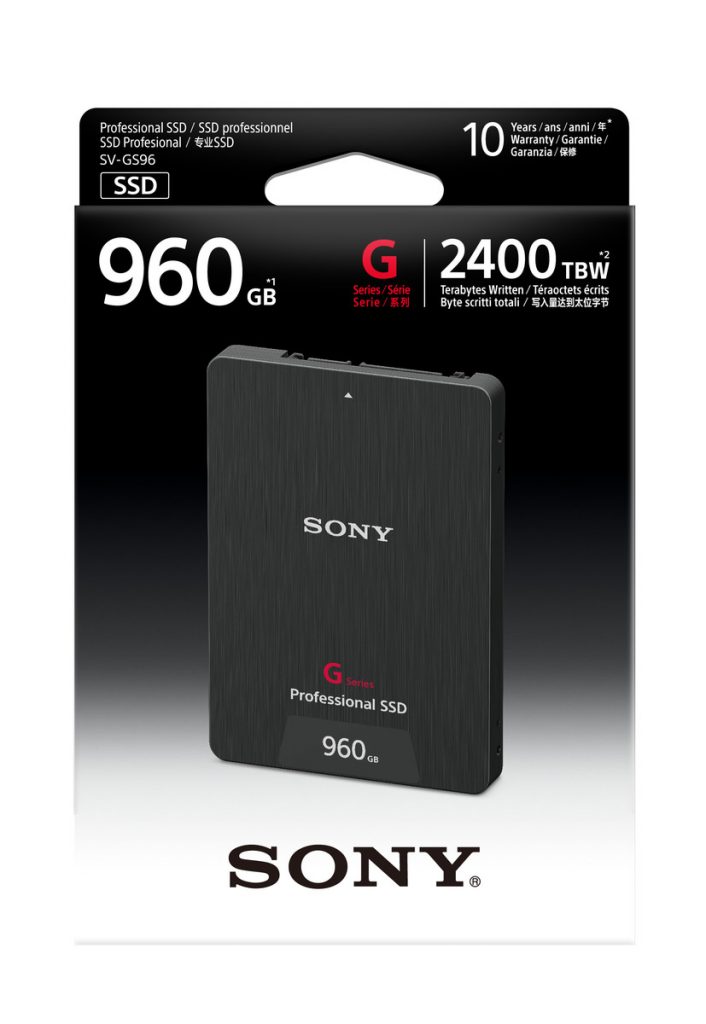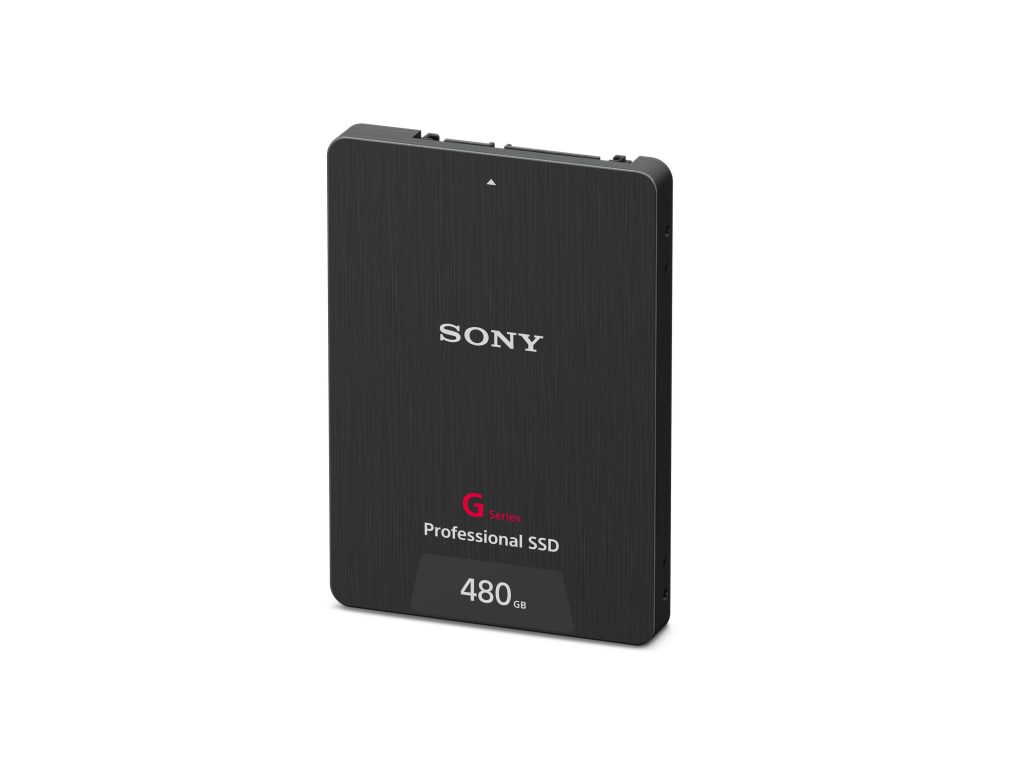Sony has a line of Professional Media products that are laser-focused on such professionals, and it introduced two new solid-state drives (SSDs) for them in the G Series SV-GS96 and SV-GS48. These are not your average SSDs, either, but rather are intended to directly support the needs of professional videographers.
Perhaps most important, the new drives are intended to hit a new level of reliability in terms of the amount of data they can write before they need to be replaced. The 960GB SV-GS96 achieves up to 2,400 terabytes written (TBW), and the 480GB SV-GS48 reaches 1,200 TBW. That means that the SV-GS96 should last for 10 years when used an average of five times a week, and the SV-GS48 should last for five years.
In addition, both SSDs are designed to achieve fast, stable writing performance, which better supports high bitrate 4K video recording without dropping frames. When used in an on-camera recording monitor like the Atomos Shogun Inferno, the SV-GS96 and SV-GS48 can reliably record video at the ProRes 422 HQ level, or 4K and 60p.
Finally, the G Series SSDs utilize data protection technology that protects content against sudden power failures. A durable connector can withstand up to 3,000 extreme and repeated insertions and removals, which is six times the tolerance provided by the typical SATA connector.
Sony will release the G Series SSDs in May. The SV-GS96 will retail for $539 and the SC-GS48 will retail for $287. That puts them at the high end for SSDs in general, but given their long-term value, Sony seems to be offering a bargain. If videographers can avoid replacing the drives a few times, then they will have same some serious cash — while enjoying outstanding performance and reliability in the meantime.



